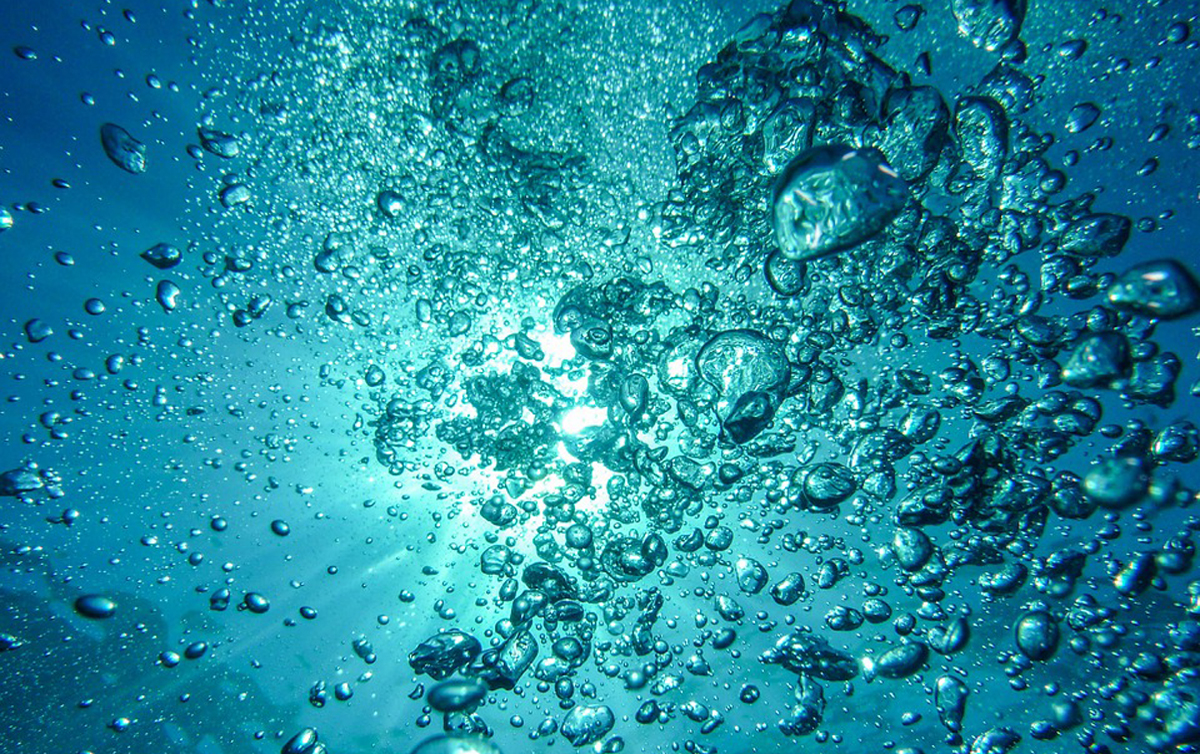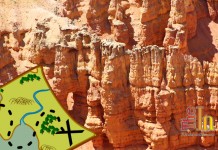
Washington County water use drops by more than a billion gallons
By Karry Rathje
Despite being the hottest and driest region in the state of Utah, Washington County’s average water use is lower than nearly 60 percent of the other counties in the state, according to the 2015 water use data recently released by the Utah Division of Water Resources.
The data report that Washington County residents used 143 gallons per person daily — also known as gallons per capita per day, or GPCD. Factoring in all potable water use (second home, commercial, institutional and industrial), the total was 231 GPCD.
Unlike most other cities and states, Utah reports secondary (untreated) and reused water in its total GPCD numbers. Most of Washington County’s secondary water (72 GPCD) is used to irrigate parks, cemeteries, and golf courses.
Why 2015 data now?
Since the Division of Water Resources released the 2010 water use numbers, the division has undergone legislative and third-party audits to identify how water use accounting can be improved. Water use numbers from 2015 are the first to reflect the audit recommendations.
Because the recommendations revised how the Division of Water Resources calculated total water use in 2015, the numbers from previous reports will not be used by the division to calculate conservation accomplishments throughout the state. Most changes were specific to the accounting of secondary water given the accuracy of metered culinary water use.
Good momentum, but are we conserving enough?
Conservation is a key way to stretch limited supplies of water. Washington County has encouraged water-wise practices, and these efforts are working. From 2010 to 2015, metered culinary water use by the Washington County Water Conservancy District’s municipal customers decreased by more than 1 billion gallons, or 9 percent, despite a 13 percent increase in population.
Local cities and the district have invested more than $60 million in activities to save water. The district has encouraged developers to install water efficient landscapes and develop secondary water systems to irrigate golf courses, parks and schools.
Do we really need the Lake Powell Pipeline?
Washington is the fastest growing county in Utah. To meet the needs of a population expected to increase 229 percent by 2065 (according to the Kem C. Gardner Policy Institute at the University of Utah), state and local water providers have developed a comprehensive water supply plan. The plan includes additional conservation and the development of new water supplies, including the Lake Powell Pipeline.
The Lake Powell Pipeline brings a critical second source of water to the area, improving water security and augmenting local supplies in preparation for anticipated future demand. Conservation and new supplies together will ensure that southern Utah has water for the future.
Articles related to “Washington County water use drops by more than a billion gallons”
Why the Lake Powell pipeline is good and will make us all rich
Why the Lake Powell Pipeline would cost Washington County families thousands of dollars



